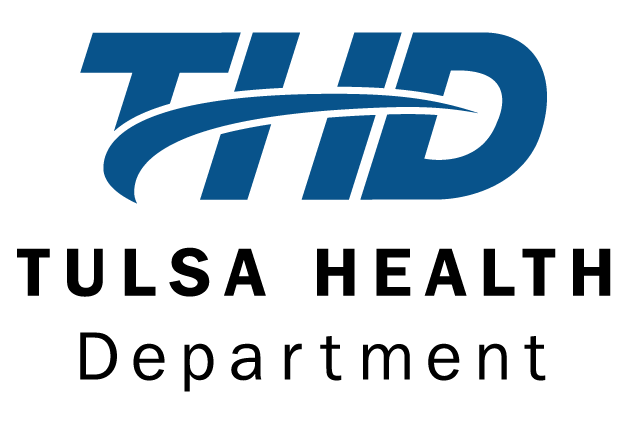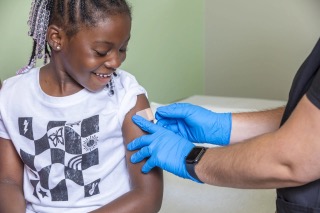Respiratory Syncytial Virus (RSV)
Respiratory syncytial virus (RSV) is the most common cause of severe respiratory illness in young children, and it is a leading cause of death from respiratory illness in adults 65+.
It can be difficult to know on your own which respiratory illness you or your child has. The best way to find out is to visit your doctor, where they can test for various respiratory illnesses.
Symptoms
Symptoms of RSV usually show up within 4-6 days after infection, and they can include:
Runny nose
Lack of appetite
Coughing
Sneezing
Fever
Wheezing
In infants, symptoms may be irritability, lethargy, and shortness of breath.
Statistics about RSV
Each year in the US, approximately 58,000 children 5 years and younger are hospitalized from RSV infections
Virtually every child will have RSV by the time they are 2 years old
RSV can sometimes lead to bronchiolitis and pneumonia
More statistics and current trends of RSV found here: OSDH | CDC
Prevention
In the US, RSV circulates mostly in the fall, winter, and spring. There is no vaccine to prevent RSV, although scientists are working on it.
Ways to help protect you and your family from RSV include the following:
Wash your hands frequently, especially after cooking or using the restroom
Keep your hands off your face (including eyes, nose, and mouth)
Avoid contact with sick individuals
Cover your cough and sneezes
Disinfect commonly used surfaces
Stay at home when you are sick
Additional Information
For more information about RSV, please visit https://www.cdc.gov/rsv/index.html




